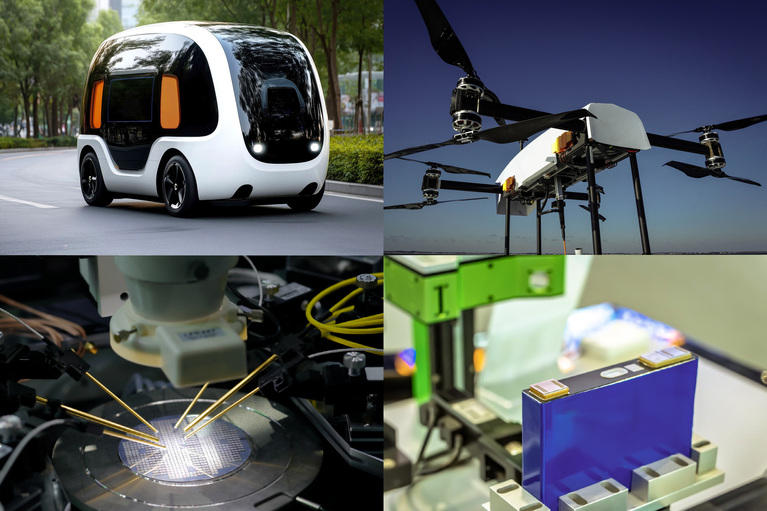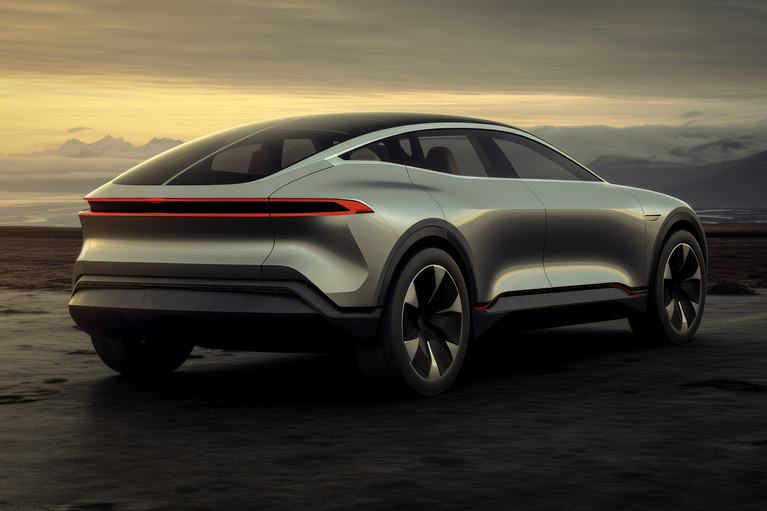
加速进入高性能 48V 供电网络
本电子书提供 48V 供电网络的实用设计指南,旨在提升工业产品性能、效率与可靠性
采用 Vicor 的 NBM 模块,原始设备制造商(OEM)无需改造整个动力系统即可使用 800V 电池,从而节省时间和精力。
与高级战略应用/系统工程师 Nicola Rosano 的问答
问:在着手应对电磁干扰(EMI)挑战之前,需要掌握哪些关键知识?
答:有效排查 EMI 故障需要扎实的实践经验。电磁兼容(EMC)领域并非所谓的“玄学领域”。有些问题可以借助相关书籍解决,而有些问题则需要对实际物理系统进行精细调试。掌握以下四个方面的背景知识,能最大限度地减少测试中的失误,为用户节省大量时间。这些知识包括:
每个电源设计师迟早都会发现,在设计的最后阶段,最可能导致返工的三大难题往往是:热管理问题、安全相关问题或顽固的电磁干扰(EMI)问题。其中,EMI 问题最难预测,因为它像一个名副其实的“气球”。如果我们试图“压制”一个频段的发射频谱,它就会在另一个频段“鼓出”。因此,常常发生这样的情况,当传导发射达标时,辐射发射可能又超出限值,反之亦然。电源系统中的 EMI 整改极具挑战性,部分原因在于大量杂散的寄生参数会发挥作用,它们相互影响、竞相作用。因此,难以完全避免实验室调试。电磁领域的规则就是:所有电气设备需彼此友好共存,成为“好邻居”——既不会对其他设备造成过多干扰,也不会对其他设备的干扰过于敏感。
问:传导发射和辐射发射过高的主要危害是什么?
答:电磁兼容(EMC)可分为四个领域:传导发射、辐射发射、传导抗扰度和辐射抗扰度。
开关电源(SMPS)最容易出问题的就是前两个领域:传导发射和辐射发射。在这种情况下,EMI 过高的主要危害可概括如下:电磁干扰(EMI)、元器件应力、合规性问题、射频干扰(RFI)、信号失真和效率降低。控制传导和辐射 EMI 的主要目的是防止一个电气系统的发射干扰第二个或第三个系统。对此,消费者最直观的感受就是 EMI 干扰车载娱乐系统的无线电信号,导致音质变差或信号丢失。从操作方面看,过量的 EMI 可能降低车内所用数据信号的质量,甚至导致车辆无法读取所有必要的数据,从而无法满足排放和安全合规要求。
问:解决 EMI 问题的传统方法及其各自的权衡取舍有哪些?
答:解决 EMI 问题的主要传统方法及其各自的权衡取舍包括:输入输出滤波器、屏蔽、接地技术、缓冲电路、扩频技术和软开关。在这些方法中,确保良好的接地路径以及功率级拓扑的选择和控制至关重要。如果功率级采用硬开关,产生的高水平 EMI 和开关损耗会使得实现 MHz 级的高开关频率变得极其困难,甚至几乎不可能。此外,如果接地处理不当,设计人员在测试中仅靠滤波器无法有效解决 EMI 问题。因此,良好的布局设计往往比滤波器设计更为关键。这也解释了为何部门间的紧密合作对整个开关电源(SMPS)的开发和量产至关重要。
问:在 EMI 深度检测中,哪个元器件被视为被测设备(DUT)?
答:要准确理解这一点,首先要了解一下被测设备(DUT)。NBM9280 是一款可贴片安装、非稳压、非隔离、双向、高效 DC-DC 转换器,之所以选择它,是因为其具有超高开关频率及车规级认证。它的峰值效率达 99%,主要用于汽车行业中的 800V/400V DC-DC 转换。它尺寸紧凑,仅为 92×80mm,却能处理 30kW 的功率流。NBM 通常充当 DC-DC 快速充电桩(额定电压为 400V,放置在汽车外部)和高压电池(额定电压为 800V,放置在汽车内部)之间的接口。除电流共享功能外,NBM 的主要优势之一是它允许任何 OEM 在不改造整个动力系统的情况下使用 800V 电池,从而显著减少工作量和时间。
问:共模(CM)噪音如何影响被测设备(DUT)?
答:若以接地(GND)为参考测量 NBM 金属外壳上的噪声,会观测到其方波形噪声类似于 NBM 内部高压快速开关节点的噪声。这种噪声相对固定,基本不受负载变化影响,也就是说,即使负载发生变化,谐波含量也基本保持不变。如果 NBM 金属外壳与外部阻抗网络(LISN)直接相连,可使用接地探头检测金属外壳相对于接地面的谐波含量。如果将金属外壳与接地路径隔离,就可以有效抑制共模噪声分量,从而减少传导发射测试中的整体噪声。
问:解决被测设备(DUT)共模(CM)噪声的主要技巧是什么?
答:使用分布式旁路电容器有助于通过降低噪声改善共模性能。实验证明,在同样的背景下,在高 dv/dt 区域附近分布式放置电容器能显著降低共模噪声。另一种方法(与前述方法相辅相成)是通过在电源线周围使用铁氧体磁环,使电线中的电流相互抵消,从而降低交流噪声分量。这一方法可有效降低纹波,大幅削弱 EMI 频谱强度。外部铁氧体还有助于减少任何不平衡电流分布。
问:符合 CISPR 32 标准的滤波器拓扑有哪些?
答:主流滤波器拓扑有三种:L 型、π 型和 T 型。只要设计得当,任何一种拓扑均可将总体噪声降低到限值以内。在我提到的案例中,我采用了 L 型拓扑,因为其在测试过程中实现起来更简便且成本更低。
问:使用高工作频率的优缺点是什么?
答:在功率相同的情况下,高频率是小元器件的代名词。因此,重量轻和体积小无疑是一个优势。但另一方面,开关损耗往往会随着频率的增加而增加。良好的设计策略是选择高频率并采用谐振拓扑。谐振拓扑是先进的开关电源(SMPS)设计,可在任何频率下消除开关损耗,实现超高的效率。
问:本次研究的主要经验教训是什么?
答:就本次案例研究而言,主要经验教训如下:
Nicola Rosano 于 2022 年加入 Vicor,担任欧洲、中东和非洲地区(EMEA)高级战略应用与系统工程师,提供汽车电源系统相关的技术支持和咨询。在加入 Vicor 之前,他曾在 Thales Alenia Space 和 Airbus Defense and Space 的军事、国防和太空部门工作,还曾在 BorgWarner 和 Stellantis 的汽车业务部门担任过高级硬件电源系统工程师。他拥有多项专利,并正筹备在 YouTube 上开通一个模拟/电力电子学教育频道。他目前的研究重点包括电力电子学、电路和系统、电子仪器以及工程教育。Rosano 于 2010 年获得电气工程学士学位,并于 2013 年以优异的成绩获得了硕士学位。
作者:Nicola Rosano,高级战略应用与系统工程师

